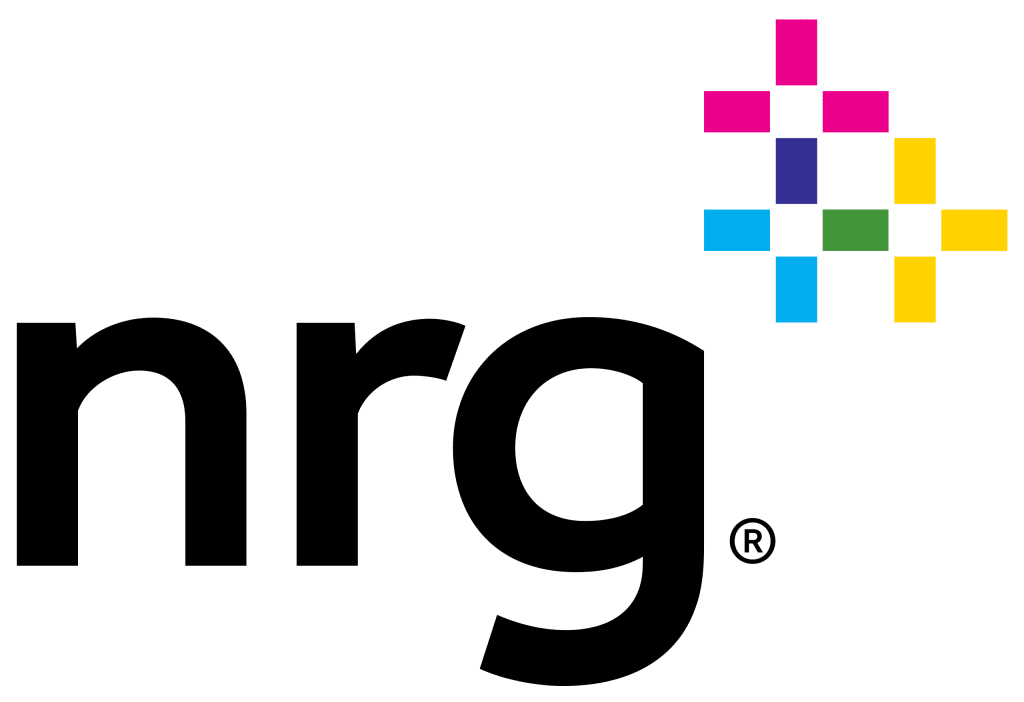
History of NRG Energy
NRG Energy traces its roots to 1989, when Northern States Power (NSP) formed the company as a subsidiary focused on acquiring and operating generation assets. In the early 2000s, NRG expanded aggressively across the U.S. and abroad but collapsed under mounting debt, filing for bankruptcy in 2003.
By December 2003, NRG emerged independent of Xcel Energy, with David Crane as CEO (2003–2015). His message was clear: “From here on, we must choose wisely.” That mantra shaped NRG’s bold, and sometimes risky, strategic path.
Expansion in the Texas Power Market
One of NRG’s defining moves came in 2006, with the $8.3 billion acquisition of Texas Genco, instantly adding more than 10 GW of generation capacity. This positioned NRG as a major player in the ERCOT electricity market.
In 2009, the acquisition of Reliant Energy’s retail division marked a turning point: NRG could now sell electricity directly to consumers under its own brand, closing the loop between wholesale generation and retail electricity.
Retail Energy and the Green Shift
The 2010s marked NRG’s push into renewable and consumer-focused energy.
- Acquisition of Green Mountain Energy (2010): expanding into renewable retail electricity.
- Launch of EVgo, a fast-charging EV network (later sold in 2016).
- Strategic mergers with GenOn (2012) and Edison Mission Energy (2013–2014) expanded its generation footprint.
However, the company soon restructured through the 2017 Transformation Plan, selling assets, cutting debt, and prioritizing retail growth over sheer scale.
Moving Away from Coal
As part of its energy transition, NRG Energy committed to closing coal plants like Waukegan and Will County in Illinois by 2022. “Economics and environment pointed in the same direction,” the company stated, signaling its pivot toward sustainability.
Retail Electricity Leadership
Under CEO Mauricio Gutierrez (2015–2023), NRG deepened its retail presence:
- XOOM Energy (2018) expanded its East Coast footprint.
- Direct Energy (2020) for $3.6 billion broadened its North American retail customer base.
The company faced real tests—such as the 2021 Winter Storm Uri, which cost an estimated $750 million—but emphasized that resilience and reliability are central to consumer trust in the Texas power market.
Smart Homes and Virtual Power Plants (VPP)
In 2023, NRG acquired Vivint Smart Home for $2.8 billion, entering the world of smart home security and automation. The vision: bundling retail electricity plans with smart devices in a single app, giving customers energy management, security, and automation in one package.
Through its VPP programs, NRG now aggregates smart thermostats and devices into grid resources, enabling customers to adjust usage and support the power grid during peak hours. In Texas, this means virtual generation capacity of over 1 GW—a transformative shift for ERCOT reliability.
Carbon Capture and Grid Reliability
Beyond retail and consumer products, NRG also invests in reliability and low-carbon technologies. The Petra Nova carbon capture facility in Houston restarted in 2023, one of the few large-scale CCS projects globally. At the same time, the company pursues new natural gas capacity under the Texas Energy Fund to ensure grid stability.
Houston Headquarters and Future Outlook
In 2021, NRG designated Houston as its sole headquarters and is set to move into a new downtown office in 2026. Houston’s role as the hub of retail electricity, ERCOT wholesale markets, and energy innovation makes it the perfect stage for NRG’s future.
Leadership transitions, activist investor debates, and regulatory shifts have challenged NRG Energy. Yet its dual identity—a retail energy lifestyle brand and a wholesale power generator—remains its defining strength.
Conclusion
From bankruptcy in 2003 to becoming a leader in retail electricity, smart home integration, and virtual power plants, NRG Energy’s transformation is one of resilience and reinvention.
As one executive put it:
“Electricity sells every day. But trust must be proven every day.”
NRG’s journey reflects more than energy—it represents how power companies can shape both grids and households, blending reliability with innovation.

By NRG Energy, Inc. – https://www.nrg.com/assets/documents/sustainability/2017-nrg-sustainability-report.pdf, Public Domain, https://commons.wikimedia.org/w/index.php?curid=71207873
